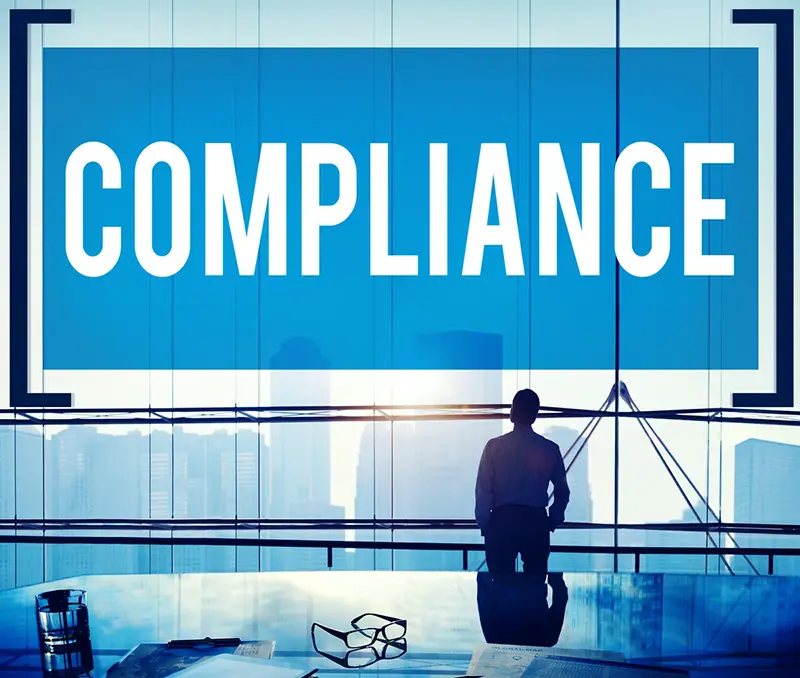Click here to get this post in PDF
On the pathway of digital transformation, financial sectors are gratefully impacted because the swift acquisition of digital solutions is noticed in this sector. Digital banking and evolution in the fintech industry are prominent, especially after the COVID-19 outbreak. Unfortunately, hackers, cybercriminals, and fraudulent activities are also progressing in parallel to these technological innovations and acquisitions.
Money laundering has become a part of public consciousness and has come under the limelight. According to the United Nations Office on Drugs and Crime, money laundering represents between 2% to 5% or $800 billion to $2 trillion of the total global gross domestic product. There will be a new set of challenges to address with the progression in 2021.
These progressing figures lead us to the fact that business owners must invest in Anti-Money Laundering (AML) solutions and Counter-Terrorist Financing (CTF) policies to make compliance programs more rigid and steady.
Here are some key components of AML compliance that businesses must know for risk assessment, customer due diligence, and to fight back chargebacks.
What is an AML Compliance Program?
An anti-money laundering compliance program is a program that possesses all of the company requirements to comply with compliance norms such as reporting of money laundering incidents, account monitoring, tracking of financial transactions, user-processing policies, build-in internal operations, and so on. The main motive of the AML compliance program is the detection and elimination of terrorist financing, money laundering, and numerous other fraud-related risks.
Below are few major regulatory bodies that have played a promising role in the incorporation of AML laws across different regions of this globe.
- FinCEN – Financial Crime Enforcement Network (FinCEN) imposes KYC/AML laws in the US
- FINMA – Financial Market Supervisory Authority, abbreviated as FINMA is the Swiss government agency that is responsible for monitoring financial activities and transactions.
- AUSTRAC – Australian Transaction Reports and Analysis Centre, abbreviated as AUSTRAC is the AML/CFT law enforcing body of Australia
- FINTRAC – Regulates businesses with PCMLTFA in Canada
What Businesses Must Do To Stay AML Compliant?
Businesses have to follow a few of the requirements for the development of a robust AML program that assists in exposing criminals and for the prevention of non-compliance fees. All of the AML software and AML solutions out there aim the detection and prevention of terrorist financing, tax evasion, money laundering, and other relevant frauds. These agendas can be efficiently achieved through the following major checks.
- A Compliance Officer In a Team
A compliance officer is required not only for employee training and operation management but also experience and knowledge of compliance officers assists businesses to stay in close compliance with ever-changing regulations and laws.
- Beware of High-Risk Customers
Criminals are getting very advanced that they can steal someone’s identity in a matter of seconds these days. It is mandatory for businesses to closely analyze and evaluate their customer risk profiles and process them accordingly by applying appropriate customer due diligence measures
- Effective Reporting
A powerful and robust reporting system assists in effective and efficient information delivery to the relevant authorities about terrorist financing and money laundering activities. This helps in taking strong action against encountered activity at the right time.
How to Develop an AML Program?
Here are some major key components which are required in the development process of an effective AML (anti-money laundering) compliance program.
- Risk Assessment
Risk assessment of terrorist financing and money laundering assists in sorting customers into threat tiers on the basis of their evaluation. The assumption of common risk factors such as due diligence results, PEP’s, UBO’s, high-risk countries, etc helps in the development of a scoring model. The due diligence process must be determined by relevant AML jurisdictions and must be based on risk assessment.
- Detection of Suspicious Activity
The major agenda must be the detection of money laundering activities, such as fake data in an application or form, lack of information which is submitted during the bank account opening process, unusual large money transactions.
- Prevention from Fraudulent Activities
AML training programs must be carried out on a regular basis to develop a better understanding among compliance officers about their obligations and roles. Training topics must be AML penalties, what are causes of failing AML compliance maintenance, detained review of anti-money laundering regulations. This training must be given to senior management, audit teams, high-risk departments, and staff which is in direct contact with clients.
- Internal Practices
Maintenance of regulatory compliance is crucial by implementing the following practices to handle money laundering risks.
- Making customer due diligence the focal point
- Reporting of suspicious activities
- Assisting roles and responsibilities judiciously
- Training employees about how to react when terrorist funding or money-laundering activity encounters.
- Independent Audits
Independent auditor’s review is a splendid method for the detection of vulnerabilities in an organization’s risk assessment, AML compliance program, compliance training, KYC due diligence processes, monitoring, and reporting systems. Organizations can evaluate the robustness of implemented chances by reviewing the auditor’s report.
Conclusion
This all boils down to the fact that AML compliance programs must be more rigid and robust considering the swift evolution in regulations. AML programs have numerous minor details and resemblance with KYC identity verification solutions and services. Unquestionably, AML/KYC compliance plays a promising role to combat cyber-attacks and in the enhancement of security protocols of financial infrastructures. There exists a wide range of products that provide AML solutions approved by major regulators and businesses must not think even twice before integrating to them to fight back chargebacks.
You may also like: A Lender’s Guide To USA Patriot Act Compliance
Image source: Rawpixel.com

